Related Research Articles

Brigadier General Francis Marion, also known as the "Swamp Fox", was an American military officer, planter, and politician who served during the French and Indian War and the Revolutionary War. During the American Revolution, Marion supported the Patriot cause and enlisted in the Continental Army, fighting against British forces in the Southern theater of the American Revolutionary War from 1780 to 1781.
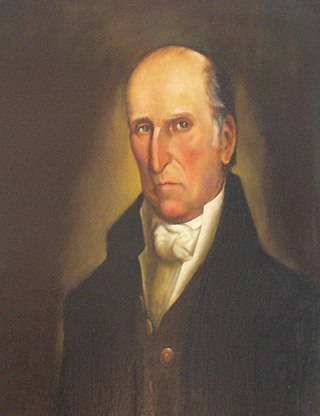
Andrew Pickens was a militia leader in the American Revolution. A planter and slaveowner, he developed his Hopewell plantation on the east side of the Keowee River across from the Cherokee town of Isunigu (Seneca) in western South Carolina. He was elected as a member of the United States House of Representatives from western South Carolina. Several treaties with the Cherokee were negotiated and signed at his plantation of Hopewell.
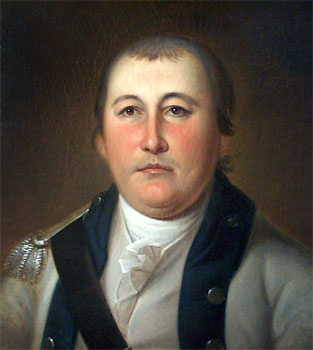
William Washington was a cavalry officer of the Continental Army during the American Revolutionary War, who held a final rank of brigadier general in the newly created United States after the war. Primarily known as a commander of light dragoons, he led mounted troops in a number of notable battles in the Carolinas during the campaigns of 1780 and 1781.
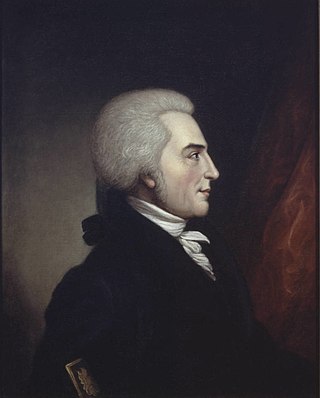
William Richardson Davie was an American statesman, politician, military general, Founding Father of the United States and slave owner who served as the 10th Governor of North Carolina from 1798 to 1799. A member of the Federalist Party, Davie also served as a delegate to the Constitutional Convention as a representative of North Carolina. He is also one of the key founders of the University of North Carolina.

Sir Banastre Tarleton, 1st Baronet, GCB was a British general and politician. He is best known as the lieutenant colonel leading the British Legion at the end of the American Revolution. He later served in Portugal and held commands in Ireland and England. Consequently, he had hoped to command British forces fighting the French in the Peninsular War. However, that position was given to Arthur Wellesley.
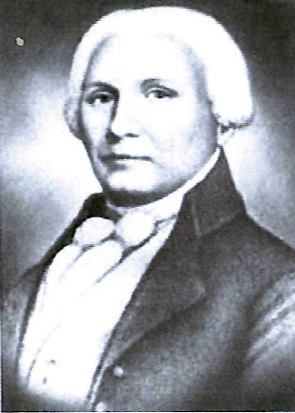
Joseph "Quaker Meadows" McDowell Jr. was an American planter, soldier, and statesman from North Carolina. He was known as "Quaker Meadows Joe" to distinguish him from his cousin Joseph "Pleasant Gardens" McDowell, who was also a legislator and American Revolutionary War officer from North Carolina. The two men are not always clearly distinguished in historical records; both were in the 1780 Battle of Kings Mountain, one as a major in the Burke County Regiment of the North Carolina militia, and the other in a subordinate role as a captain.
Waightstill Avery was an early American lawyer and officer in the North Carolina militia during the American Revolution. He is noted for fighting a duel with future U.S. president Andrew Jackson in 1788.
The 1st North Carolina Regiment of the Continental Army was raised on September 1, 1775, at Wilmington, North Carolina. In January 1776 the organization contained eight companies. Francis Nash was appointed colonel in April 1776. The regiment was present at the defense of Charleston in 1776. It transferred from the Southern Department to George Washington's main army in February 1777. At that time, Thomas Clark became colonel of the 1st Regiment. The regiment became part of General Francis Nash's North Carolina Brigade in July.
The Hillsborough District Brigade of militia was an administrative division of the North Carolina militia established on May 4, 1776. Brigadier General Thomas Person was the first commander. Companies from the eight regiments of the brigade were engaged in 55 known battles and skirmishes in North Carolina, South Carolina, and Georgia during the American Revolutionary War. It was active until the end of the war.
The Battle of Videau's Bridge was an engagement of the American Revolutionary War fought on January 3, 1782 in Charles Town District, currently Berkeley County, South Carolina. The British routed an American force opposing a foraging expedition they sent from Charleston. The British claimed to kill 57 and capture 20 Americans.
Francis Locke Sr. (1722–1796) was a plantation owner, businessman, politician, and a participant in the American War of Independence, where he led the American Patriots to the decisive victory at Ramseur's Mill, which turned the tide of the American War for Independence in the south.
The Salisbury District Brigade was an administrative division of the North Carolina militia during the American Revolutionary War (1776–1783). This unit was established by the Fourth North Carolina Provincial Congress on May 4, 1776, and disbanded at the end of the war.
The Edenton District Brigade was an administrative division of the North Carolina militia during the American Revolutionary War (1776–1783). This unit was established by the North Carolina Provincial Congress on May 4, 1776, and disbanded at the end of the war.
The New Bern District Brigade was an administrative division of the North Carolina militia during the American Revolutionary War (1776–1783). This unit was established by the North Carolina Provincial Congress on May 4, 1776, and disbanded at the end of the war.
North Carolina state troops in the American Revolution were the initial military units created in a transition from the Province of North Carolina under British rule to independence from British rule. Most units did not last long as such and were either transferred to the Continental Army or state militia instead.
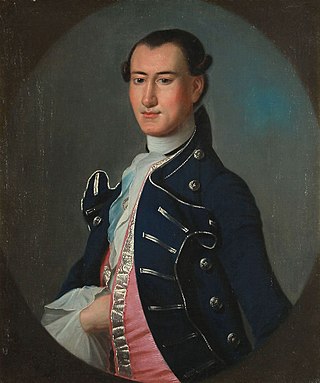
Daniel Horry was a South Carolina politician and Revolutionary War military officer.

Joseph Graham was a Revolutionary War militia officer, politician, and wealthy ironmonger from Mecklenburg County, North Carolina.
Benjamin Herndon (1749–1819) was a colonel in the Wilkes County Regiment, a Patriot unit of the North Carolina militia in the American Revolution. After the war, he was elected to represent Wilkes County, North Carolina in the state legislature: twice as a senator and twice as a member of the house. After 1790, he moved with his family to Newberry County, South Carolina where he built a plantation called "Mollihon".
Thomas Fletchall (1725–1789) was a colonel of the militia in South Carolina. He was also a coroner and justice of the peace. He was a loyalist during the American Revolutionary War, having proclaimed his loyalty to King George III. He fought against the patriots, also known as the rebels, with little success. He was captured and imprisoned twice during the war. The second time he was released it was with the understanding that he would not fight against the patriots. He left his plantation and went to Charleston for his and his family's safety. They boarded a ship for Jamaica, where Fletchall lived until his death in 1789.
References
- 1 2 3 Fore, Samuel K. (August 2, 2016). "Hezekiah Maham". South Carolina Encyclopedia. University of South Carolina, Institute for Southern Studies. Retrieved March 25, 2019.
- 1 2 3 4 5 Lewis, J.D. "The American Revolution in South Carolina, Hezekiah Maham" . Retrieved March 25, 2019.
- ↑ Tombstone photo and inscription also on Find a Grave, Memorial 35945843
- Lumpkin, Henry. From Savannah to Yorktown: The American Revolution in the South. Columbia: University of South Carolina Press, 1981.
- Rankin, Hugh F. Francis Marion: The Swamp Fox. New York: Crowell, 1973.
- Stevens, Michael E. “Wealth, Influence or Powerful Connections: Aedanus Burke and the Case of Hezekiah Maham.” South Carolina Historical Magazine 81 (April 1980): 163–68.
- Weller, Jac. “Irregular but Effective: Partizan Weapons Tactics in the American Revolution, Southern Theatre.” Military Affairs 21 (autumn 1957): 118–31.
- Cross, J. Russell Cross (1985). Historic Ramblin's through Berkeley. Columbia, SC: R.L. Bryan Company.